
The Japanese Knife Ceremony and Fish Fermentation: Remnants of the Distant Past
Hōchō shiki, and Narezushi. These two Japanese traditions, originating from around the Edo period and the 10th century respectively, have all been mostly lost to time. Narezushi is only practiced by a few remaining families that possess the recipe, who have been doing it for the past 400 years, and the Hōchō shiki, or Knife Ceremony, is now only practiced in rare special events at museums or cultural festivals. Both of these traditions are rarely seen anymore outside of extremely limited events, and the techniques and recipes are still kept secret or no longer exist. But why were these traditions forgotten, yet other traditions from the same time such as the tea ceremony are revered as pillars of Japanese culture and practiced very much to this day?

Chogakbo: Piecing Together History

Cooking with Royalty: The Richness of 가리찜
During the Chosŏn Dynasty, Korean cuisine known as 한식 (hansik) was a very important aspect of life in the Royal Palace. The 시의전서 (Siŭichŏnsŏ) was a Korean cookbook compiled in the late 19th century and printed by the Daegu Printing Joint Stock Company, but the manuscript is estimated to have been around since the late 1800s.
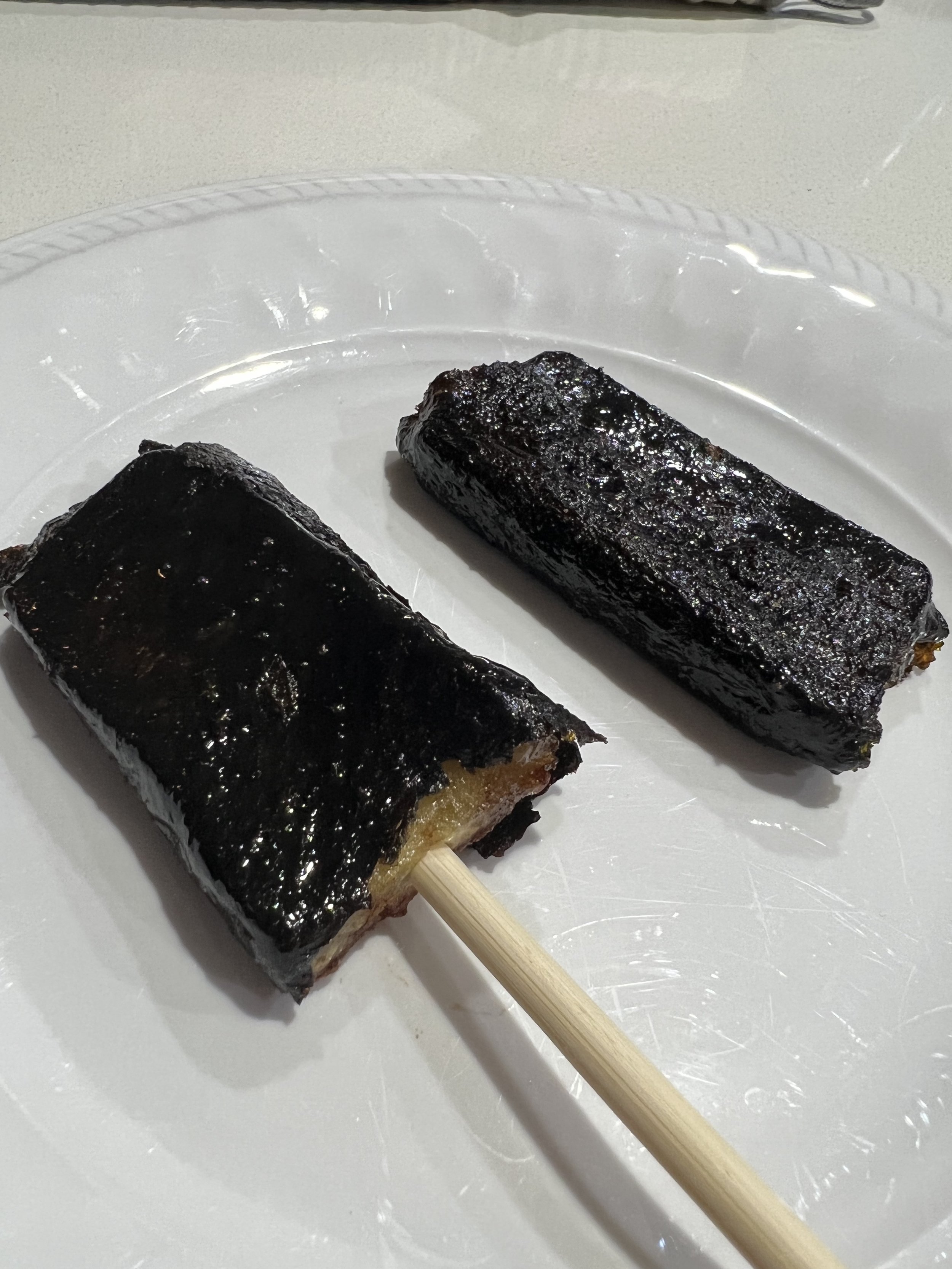
Satsuma-imo: Recreating Japanese Sweet Potato Recipes

Living and Breathing: Making Tongch’imi

Hwajeon, Flower Rice Cakes

Making Chinese Inksticks: A Brief Exploration
Within this article, I explore inkstick making in the Li Ting Gui recipe of China, the most famous traditional recipe for inksticks to date. This subject is absolutely brimming with cultural significance, even if it plays an indirect role in most scenarios. For the purpose of edification and experimentation, I attempt to recreate the recipe. Despite failing, I found it to be an incredibly rich experience.

Okuma Shigenobu’s Western Kitchen and Kuidoraku

Maedeup: A Meditation on Knots and the Ties that Bind
Maedeup (매듭) is a cultural Korean craft centered around making knots out of a woven thread called Dahoe (다회). These knots are then used for a multitude of religious, social, and decorative purposes. As the role of Maedeup in Korean culture has changed drastically over time, we must first examine the history of Maedeup to allow us to understand its current place in the cultural zeitgeist.

Remaking Rouge from the Northern Wei Dynasty of China

TCM and Yuan Dynasty Tea
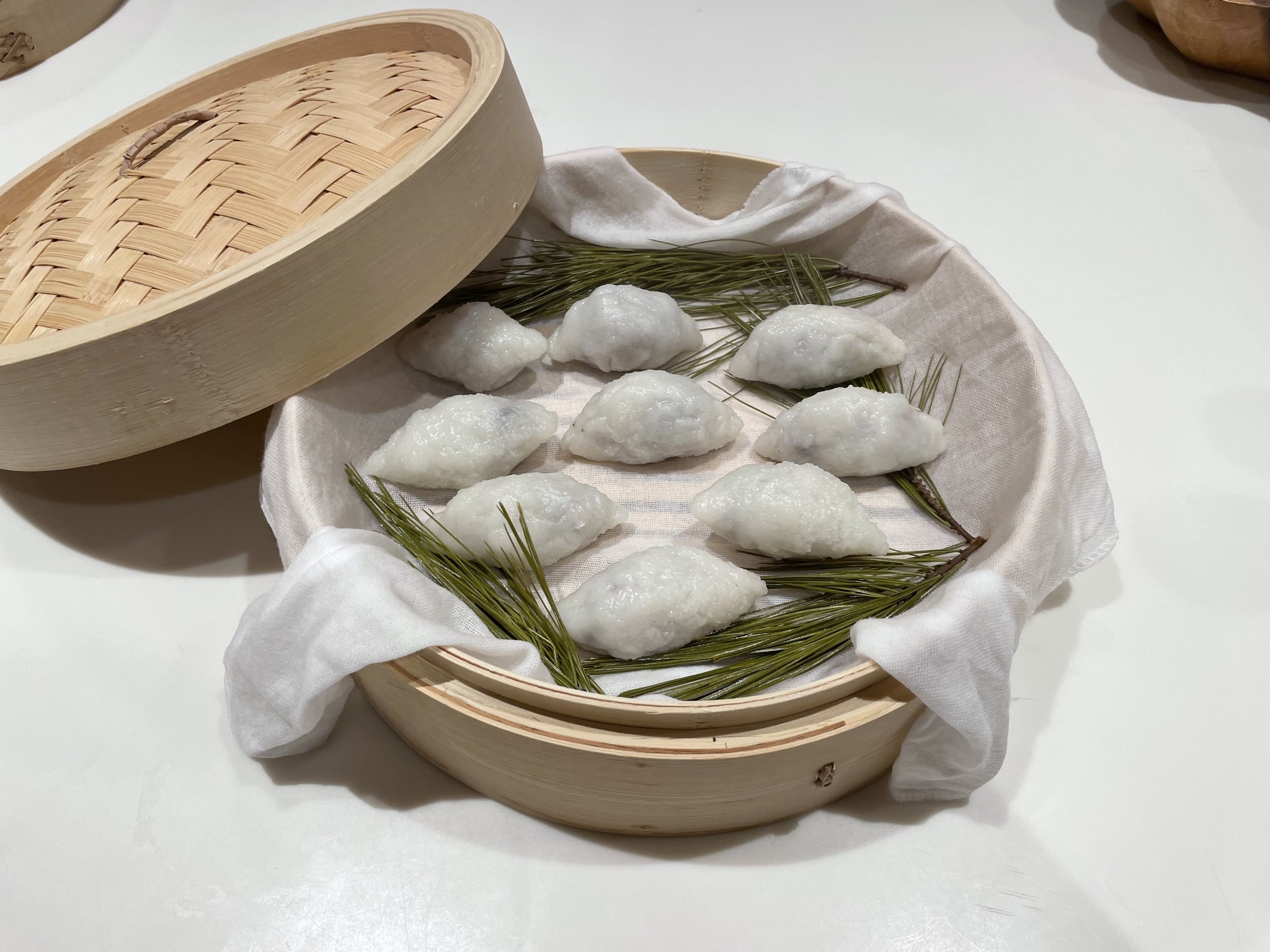
Lady Yi’s Songp’yŏn

Tasik: From the Elites to Everyone
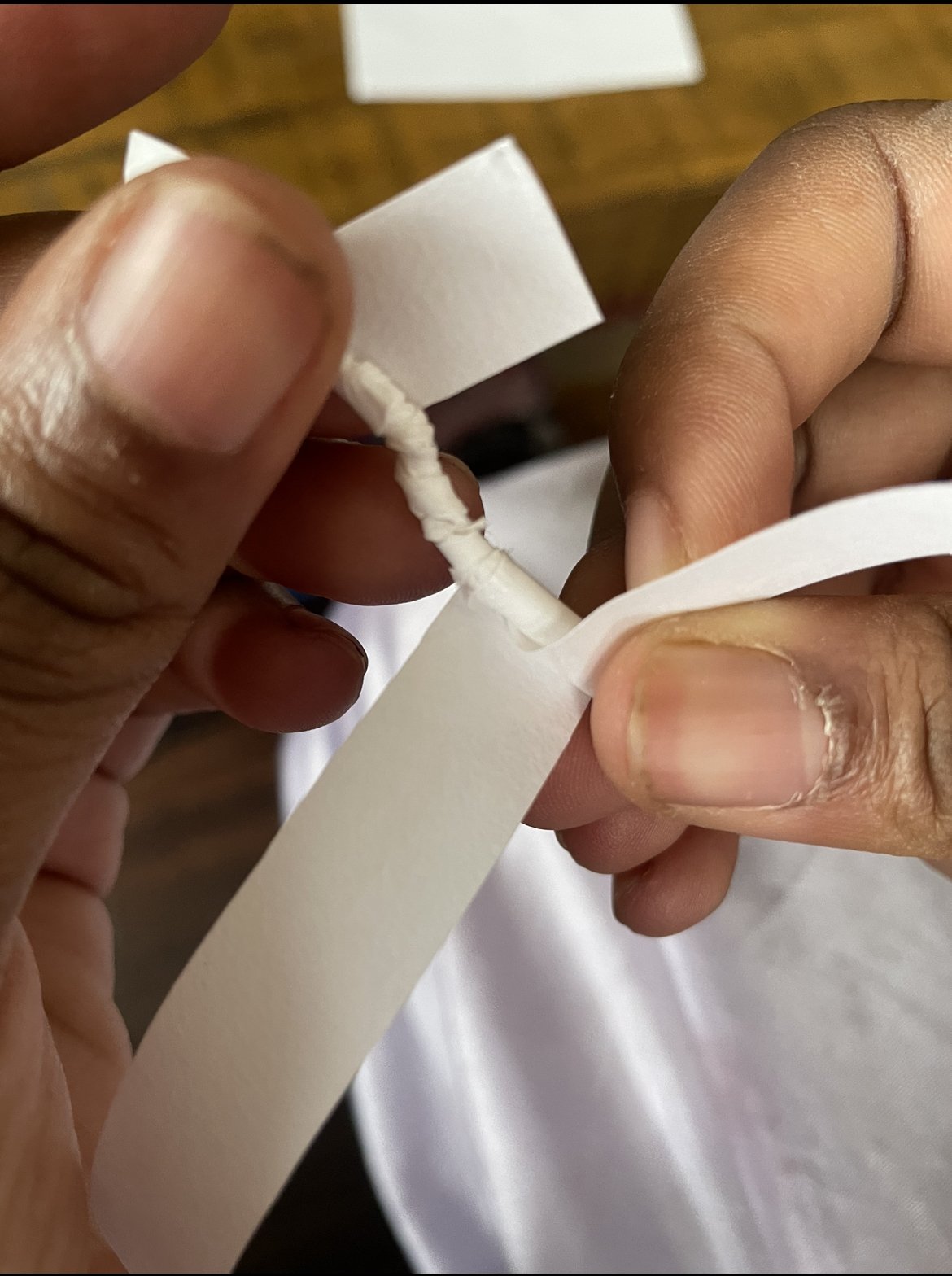
Hanji Unfurled: A Student’s Introduction to Korean Papermaking
Hanji is loosely defined as Korean handmade paper, a delicacy and craft that has been around for about 1500 years. The article below evaluates the many aspects of the craftsmanship of hanji, jiseung, and its overall versatility. Furthermore, through an attempted recreation of the process of its craft, I detail my first hand experience of trying to weave a cord of hanji for jiseung. This craft has a deep history and in-depth creation process that has amazed me every day while researching it. Though it’s not a successful and accurate recreation, here is my introduction to the world of Korean paper weaving.

Wow! Bao! An Exploration of Baozi
Baozi have long been a staple food that originated in North China and have since disseminated and taken new forms. They are a simple dish comprising of a steamed bread wrapping and stuffing. Despite the commonality of baozi, there is very little mention of them in historical documents. My goal is to recreate the Yuan Dynasty, Mongolian recipe and compare it to classic baozi. I am curious to both taste the difference in regionality as well as how baozi has evolved over time.
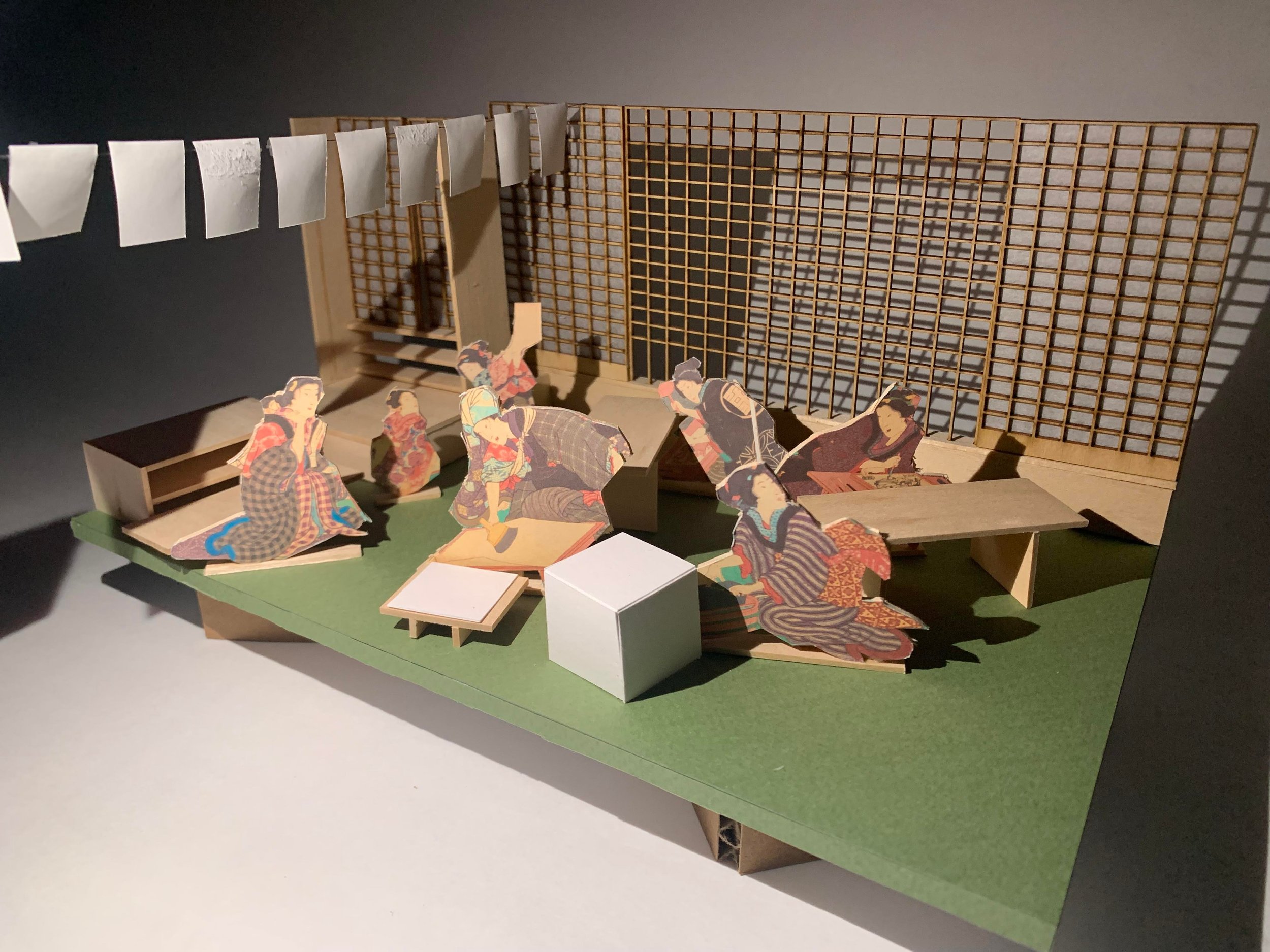
Japanese Woodworking Workshop

Madame Yi’s Ch’ilhyang-gye (Seven-Scent Chicken)

An Attempt at Gu Family Embroidery from Ming China
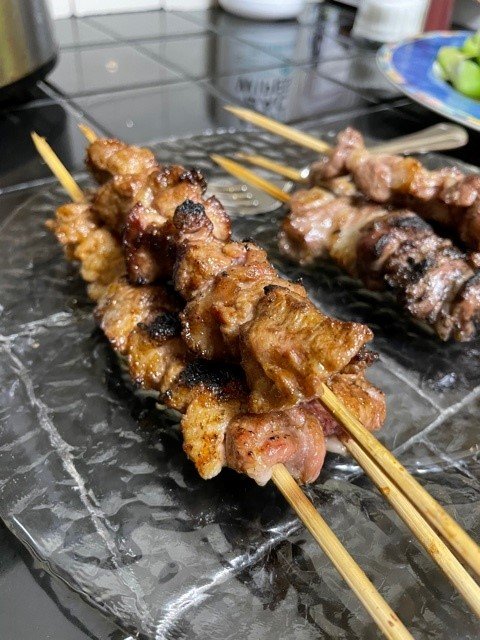
Flame-Broiled Mutton Skewers, per Yuan Mei’s “The Way of Eating” and Xinjiang’s Street Vendors
